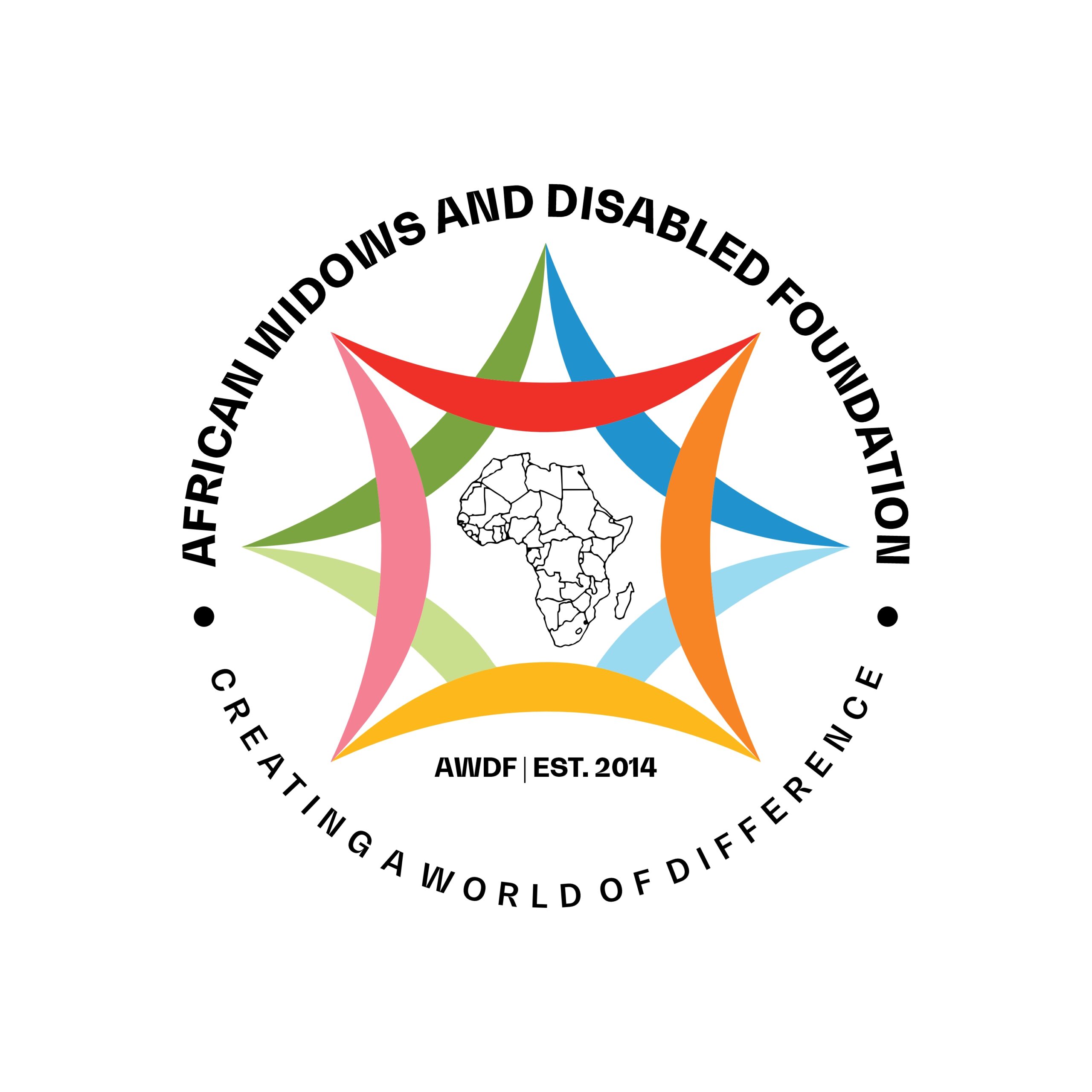Project execution methods
In order to complete the project, the organisation employs the following processes:
The contract is defined and authorised at the start step.
The project team’s qualities and duties have been identified’. – project kind, valuation report, project specifics, target market, and so on.
The project description examines the details of the project scope and the labour required.
Objectives and constraints of the contract
Preliminary scope documents are created that include deliverables, requirements, project boundaries, and procedures of acceptance.
The planning step include determining the resources needed, as well as the time schedule, scope, and budget for the project. This step entails developing a management strategy for executing the contract from one stage to the next in order to complete it. The project scope is the following step, which entails planning the work that will be done to fulfil the project objectives. The work is outlined in depth and in a work breakdown structure (WBS), which defines the project’s many components:
– Designing of contract terms – Signing of contracts
– Marketing/promotion of products – Delivery of services
The activities sequence is designed to create workloads in chronological order as well as the durations needed to complete each task. The project cost is estimated together with the human resource needs at each step.
The next step will be risk management planning, which will include strategies to avoid limits from impeding the project’s success.
Project execution – outlines the scope requirements and objectives for project implementation.
Regular inspection, monitoring, and control – This is the stage at which the project’s input and output are monitored in accordance with its scope. The assessment elements will aid in measuring the quality and cost components of the ongoing project to ensure conformance with specifications and meet the satisfaction of both stakeholders and beneficiaries.
Closure entails the completion and cessation of operations as well as the transfer of properties to designated target groups.
Methodologies for projects
In order to reach the needed requirements, the project must follow these procedures. Project Quality Management entails establishing quality policies and objectives in order to satisfy the demands of beneficiaries. The scope of project quality management includes:
Quality planning entails assessing beneficiary satisfaction and implementing continual improvement and proactive steps to assure quality delivery. It specifies the contract’s quality standards, tools, and processes, and employs cost-benefit analysis to achieve better outcomes and stakeholder satisfaction.
Quality assurance is the implementation of planned quality activities to guarantee that all procedures required to achieve requirements are used in the project.
It entails conducting a quality audit to ensure that the project’s rules, methods, and procedures are being followed. The process analysis is then used to identify parts of the process that need to be improved.
Quality Control entails utilising instruments to assure quality standards and identifying methods to remove unsatisfactory results by:
Control chart – used to establish whether or not the process is stable or predictable. There will be inspections at various stages of the project.
Statistical sampling entails selecting a subset of the population for investigation.
Project cost management entails estimating, planning, and managing expenses to guarantee that the project is completed within the budgeted budget.
Budgeting and controlling costs to guarantee that cost overruns do not exceed agreed cost limitations.
Project risk management is the practice of dealing with risks and uncertainties. It entails identifying risk variables through risk profiling and doing an environmental analysis utilizing the Strength Weakness Opportunity Threat (SWOT) and Political Economic Social Technologist (PEST) aspects. As a non-profit organization, it will manage its risks by shifting them to other parties in order to protect itself against insolvency and liquidity issues. It will entail investing a portion of the revenues in stocks, bonds, and shares in order to make our NGO a more viable business for carrying out its initiatives






